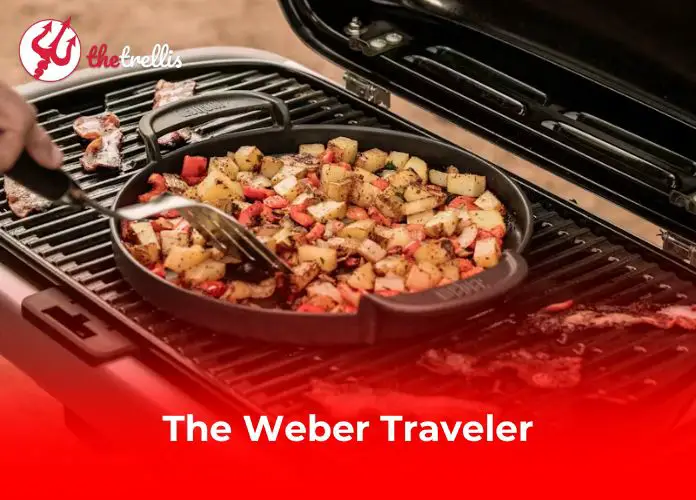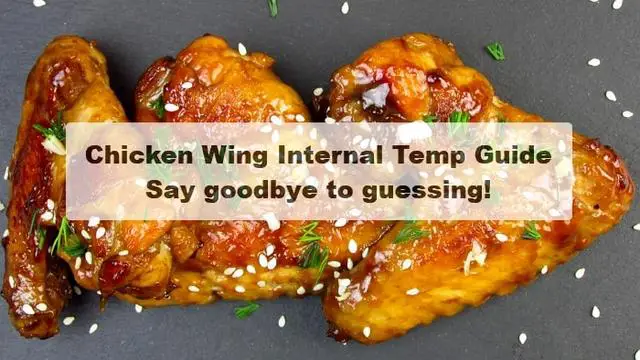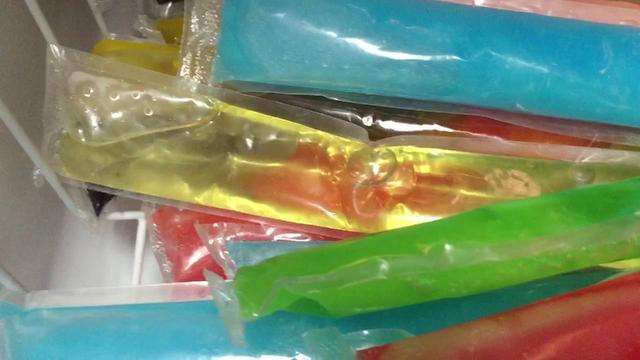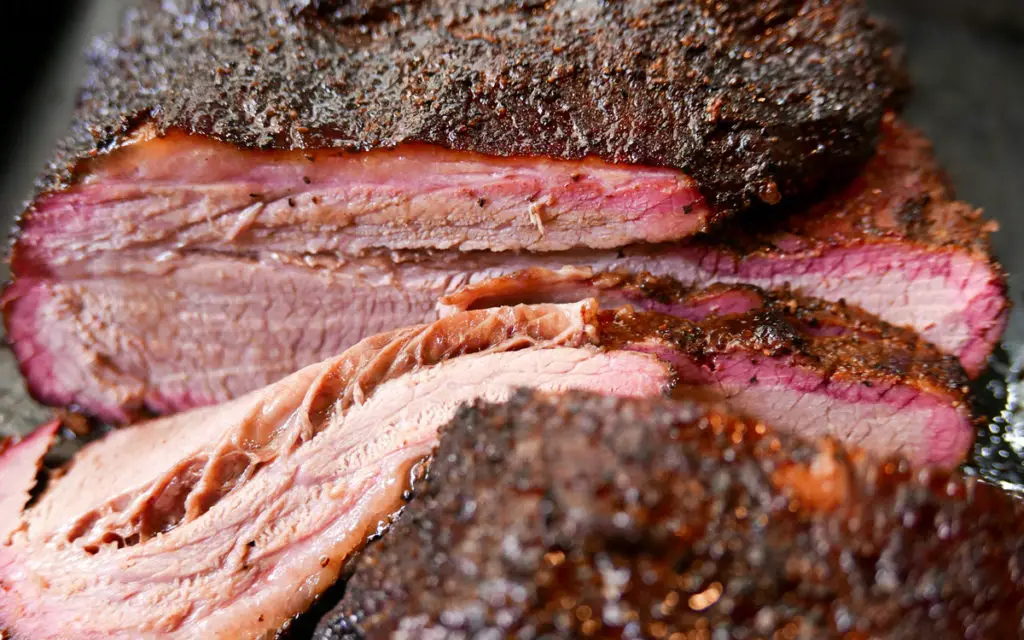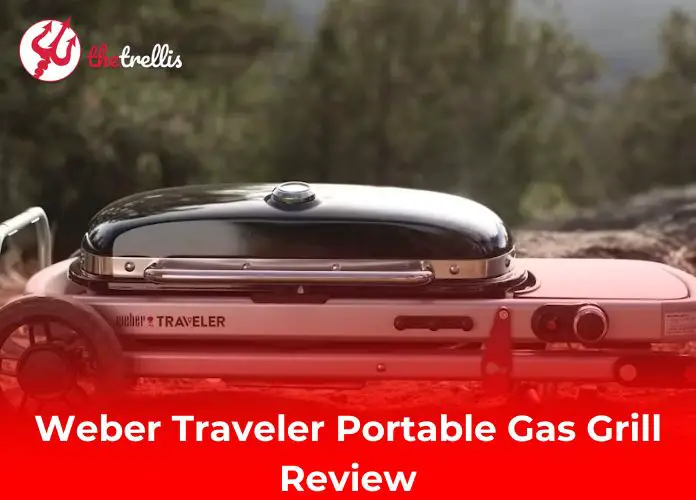
The Weber Traveler is a compact, portable charcoal grill for easy transport and quick setup. Its durable build and efficient cooking performance make it ideal for outdoor enthusiasts who need reliable grilling on the go.
The Weber Traveler
Some men need to grill anywhere, not just at home, not just at camp, not just anywhere. Weber built the Traveler for these men.
It folds like a deck chair. It rolls like luggage. It cooks like a real grill.
The Numbers
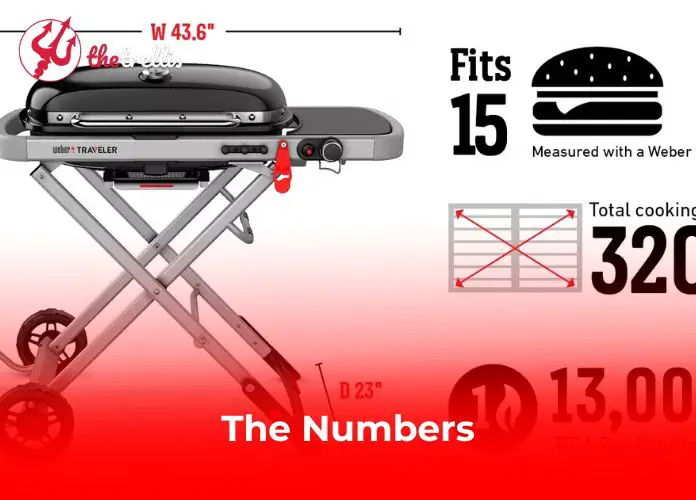
The cooking surface is 320 square inches. This fits twenty burgers at once. The grill weighs 47 pounds. Set up it measures 37 inches high, 43 inches wide, 23 inches deep. Folded, it shrinks to 15 inches high. It puts out 13,000 BTUs of heat. It runs on propane. Weber guarantees it for five years.
Numbers mean little until you cook with them.
The Design
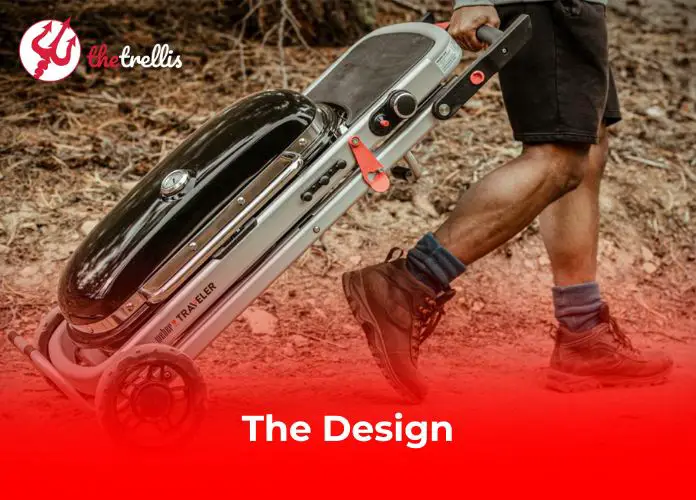
The legs fold in a scissors pattern. A red lever releases them. A safety latch prevents folding while cooking. When you’re done, pull the lever. The grill lowers itself slowly. No crash. No bang.
The wheels are large. They roll over grass, gravel, and pavement. The handle sits above the wheels. One person can move this grill alone. Despite the weight, it moves easily.
The cooking grates are cast iron with porcelain coating. They hold heat. They make good scar marks. The single burner spreads heat across the surface. A temperature gauge sits in the lid. You don’t need to open it to check the heat.
A side shelf holds plates and tools. Hooks keep spatulas and tongs at hand. When folded, the lid latches shut. Nothing rattles in transit.
The grease tray slides out. It uses disposable liners. Cleanup takes minutes, not hours.
Setup
Most of the grill comes assembled. Attach the wheels. No tools needed. Five minutes’ work. You could ignore the instructions. Weber includes them anyway.
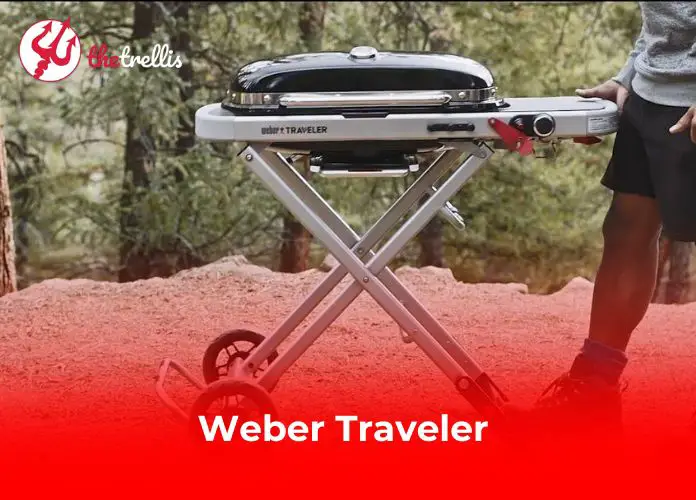
View Deal Here
Check Price on Amazon
How It Cooks
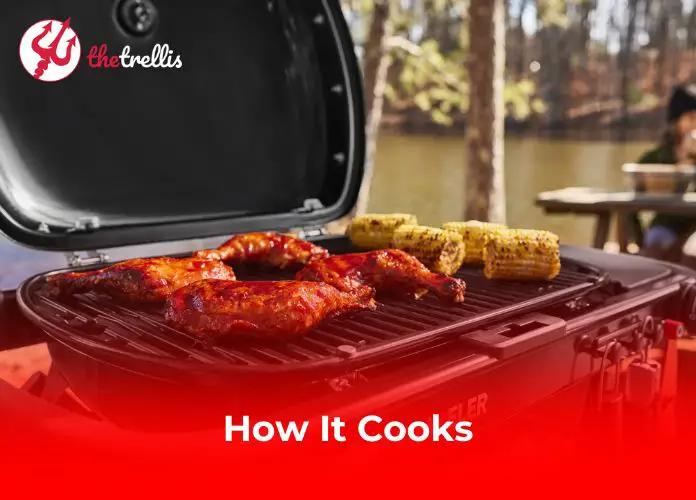
The single burner creates natural heat zones. The middle ring runs hottest. The edges stay cooler. This gives you options.
The grill reaches 400 degrees in five minutes. Push it to 500 degrees in seven. The control knob works smoothly from low to high heat.
The cast iron grates mark steaks well. The lid traps heat for chicken and larger cuts. The grates have solid sections that block flare-ups.
Four to eight people can eat from one cooking session. Twenty burgers fit at once. Enough for a small party.
The single burner creates one limitation. You can’t make distinct hot and cool zones. When cooking different foods that need different heat, you face challenges.
Fuel
The Traveler uses small propane bottles. They’re easy to pack. One bottle lasts several hours. For longer cooking, Weber sells an adapter for twenty-pound tanks. This costs less over time.
Moving It
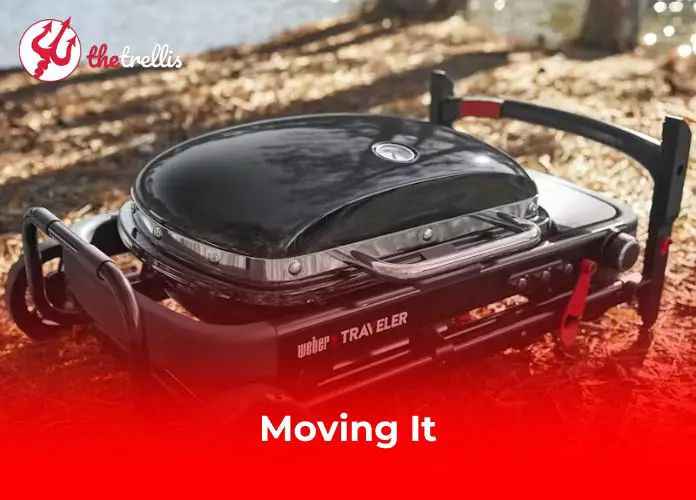
The grill folds flat in seconds. The wheels and handle let you pull it like luggage. One person can manage it alone.
It’s too large to carry far by hand, but the wheels handle most terrain. Very soft sand might cause trouble.
Once folded, it fits in most car trunks. Smaller cars need rear seats folded down. At home, it slides under beds or into closets. Apartment dwellers appreciate this.
Weber sells a cover separately. It keeps the grill clean during storage and transport.
Accessories
Weber offers useful additions:
- A grill cover for protection
- A cargo protector to keep car interiors clean
- A cast-iron griddle for breakfast cooking
- An adapter hose for larger propane tanks
- Disposable grease tray liners
None are necessary. All make life easier.
Read more: Blackstone Flat Top Grill Review
The Truth

The Weber Traveler solves a specific problem: how to grill well away from home. It’s not cheap. It’s not lightweight. It’s not compact like the Go-Anywhere.
But it cooks like a full-sized grill. It moves without struggle. It stores without wasting space.
Few options compare for men who need serious grilling capacity on the road. This is a tool built for a purpose, and it serves that purpose well. Nothing more needs saying.
Comparative Analysis
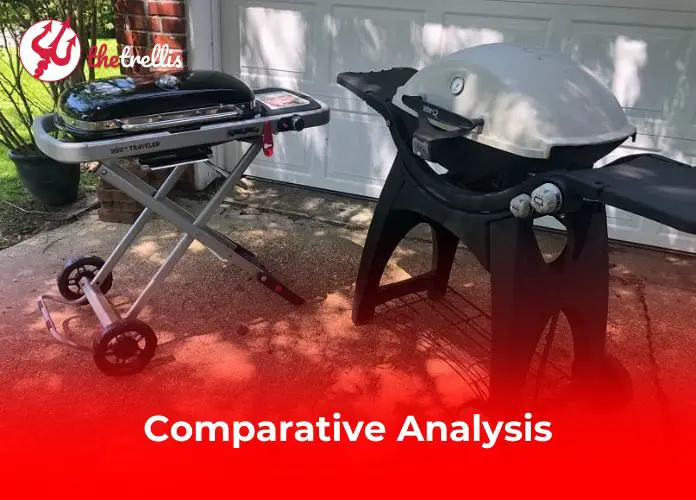
Weber Traveler vs. Weber Traveler Compact
| Feature | Weber Traveler Portable Gas Grill | Weber Traveler Compact Portable Gas Grill |
|---|---|---|
| Cooking Surface Area | Larger cooking area suitable for families or group cooking; typically over 320 square inches (exact size varies). | Smaller cooking surface of about 240 square inches, ideal for solo travelers or couples. |
| Weight | Heavier, generally above 40 pounds, making it less convenient for frequent carrying. | Approximately 35 pounds, enhancing portability and ease of transport. |
| Folded Dimensions | Folded size is larger due to the bigger grill size; it requires more storage space. | More compact folded size, designed for easy storage in small spaces like car trunks or RV compartments. |
| Price Point | Higher price reflecting size and capacity; generally ranges higher within portable grills. | Lower price point, making it a budget-friendly option for lightweight, smaller grills. |
| Portability | Portable but bulkier, better suited for locations where space and weight are less of a concern. | Enhanced portability; better for backpackers, solo travelers, or those with limited vehicle space. |
| Cooking Capacity | Suitable for cooking for 3-5 people or more, accommodating larger meals and entertaining guests. | Best for cooking meals for 1-2 people, a moderate grill capacity suffices. |
| Design and Build | Classic folding design with sturdy legs and stable setup, often includes features like a built-in thermometer and folding side tables. | Similar folding design with the same durability but a more compact frame; may have fewer extra features to keep weight down. |
| Use Case Recommendations | Ideal for families, group camping, tailgating, or backyard cookouts requiring larger cooking areas. | Tailored for solo trips, couples, or short weekend getaways where portability outweighs size. |
Weber Traveler vs. Competing Brands
| Feature / Aspect | Weber Traveler | Napoleon TravelQ | Blackstone Portable Models |
|---|---|---|---|
| Design & Portability | Folding design with sturdy construction; compact and easy to transport | Folding design is similarly compact, designed for portability | Portable flat-top griddle often with foldable legs or handles; designed for quick setup & transport |
| Burners & Heat Output | Single burner, moderate BTU output suitable for even cooking | Two independently controlled burners; allows for zone cooking and dual temperature control | Usually one or two burners under a flat griddle, providing evenly distributed heat; BTU varies by model |
| Cooking Surface Size | Larger cooking grate area (approx. 189 sq. in.) | Slightly smaller cooking area (approx. 165-190 sq. in.), varies by specific model | Varies widely; flat-top surface ranging from compact to larger sizes (typically 200+ sq. in.) |
| Cooking Surface Type | Traditional grill grates are designed for direct grilling with flame contact | Also, traditional grill grates, sometimes porcelain-coated | Flat-top steel griddle surface, smooth and non-stick, ideal for foods cooked on a flat surface |
| Temperature Control | Single heat zone, less flexibility in temperature management | Two burners enable multi-zone cooking (e.g., sear on one side, slow cook on the other) | Heat zones controlled via burner control knobs; allows for moderate temperature flexibility across griddle |
| Best Food Types | Traditional grilled foods: steaks, chicken, burgers, where flame flavor and grill marks are desired | Versatile for grilling with options for searing or slow cooking simultaneously | Ideal for breakfast items (eggs, pancakes), smashed burgers, stir-fries, and foods best cooked on a flat surface |
| Flavor Profile | Authentic charcoal/grill flavor with distinct flame contact and grill marks | Similar authentic grill flavor with enhanced control over cooking zones | Limited flame flavor; no grill marks, focusing on caramelization and searing on a flat surface |
| Ease of Cleaning | Grates are removable, but require typical grill maintenance | The grate's removable porcelain coating helps with cleaning | The smooth, flat surface is easier to scrape clean; some models have grease catchers |
| Fuel Type | Propane gas | Propane gas | Propane gas or sometimes natural gas, depending on the model |
| Additional Features | Compact handle, locking lid | Folding legs, carry handle, dual burners | Often includes grease management systems, folding stands, and sometimes side shelves |
| Price Range | Mid-range portable grill pricing | Slightly higher end due to dual burner feature | Varied pricing depending on size and burner count, often competitive with other portable grills |

View Deal Here
Check Price on Amazon
Maintenance and Value
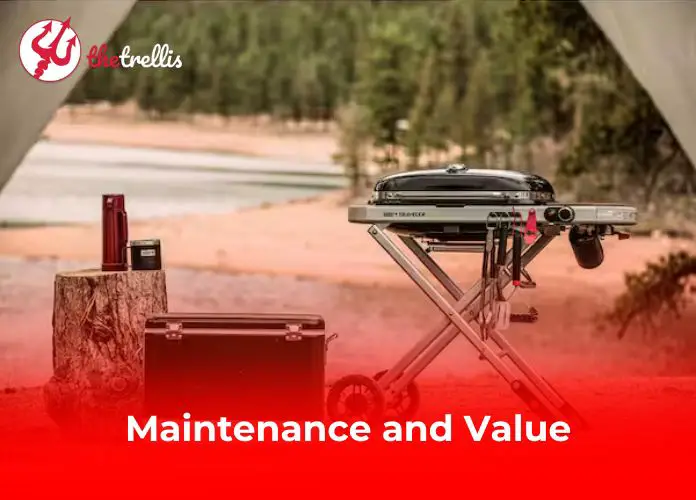
Keeping It Clean
The grease tray comes out easily. It uses aluminum liners. Replace them after each cook. Or use foil if you’re saving money.
The cast iron grates need oil. Coat them before first use. This prevents sticking. After cooking, run the grill hot for fifteen minutes. This burns off food bits. Then brush the grates clean.
Clean the outside with soap and water. No harsh chemicals. No abrasive pads. They damage the enamel.
Before packing the grill, let it cool. Clean it at least roughly. This prevents a mess in your car. Weber sells a cargo protector for this purpose. It’s not necessary, but it helps.
Is It Worth the Money?
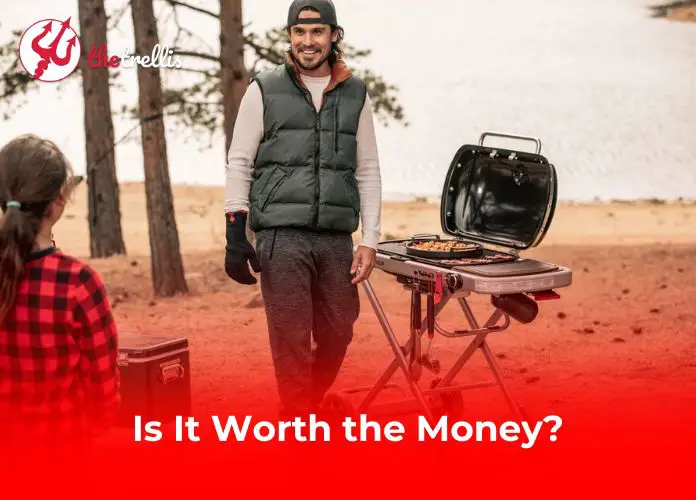
The Weber Traveler costs between $400 and $480. Not cheap. But consider what you get.
The construction is solid. Weber doesn’t build disposable products. The steel body, stainless components, and cast iron grates last for years. Cheap grills don’t.
It cooks like a real grill. The 320 square inches and 13,000 BTUs match small home grills. Most portable grills cook like toys. This one doesn’t.
The folding system, wheels, and built-in stand make it truly portable. You don’t need to buy extra pieces or struggle with assembly at each use.
Weber guarantees it for five years. This matters. When something costs $400, it should last. Weber stands behind their work.
This grill costs more upfront than alternatives. But price isn’t cost. True cost includes replacement, frustration, and poor results. This grill eliminates these costs.
Buy it if you need serious grilling away from home. Don’t buy it if you cook rarely or for a few people. There are cheaper options for occasional use.
For men who cook often and cook well, the price is fair. The grill will serve faithfully for years. Sometimes the expensive thing is the better value.
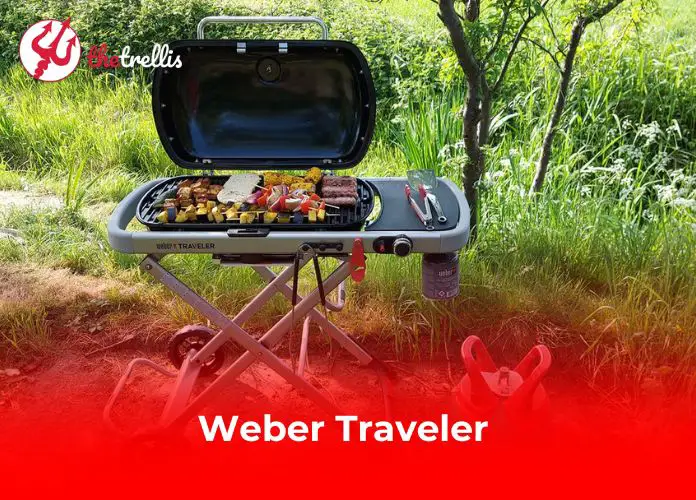
View Deal Here
Check Price on Amazon
FAQs
- What exactly is the Weber Traveler grill, and who is it designed for?
The Weber Traveler is a compact, portable gas grill designed for people who enjoy outdoor cooking on the go. It’s perfect for tailgating, camping, picnics, small patios, or any situation where space and portability matter. It aims to provide Weber-quality grilling performance in a lightweight, easily transportable form factor. - What type of fuel does the Weber Traveler use, and how easy is it to replace?
The Weber Traveler uses 1-pound propane canisters (sometimes called disposable propane bottles), which are small, lightweight, and widely available at camping stores and many supermarkets. These canisters are easy to screw on and off, making refueling quick and convenient. Unlike larger propane tanks, these are disposable, so you don’t need to worry about refilling the tank. - What is the cooking surface area of the Weber Traveler, and what can I realistically cook on it?
The cooking area is approximately 160 square inches (about 11.5 inches x 14 inches). This space easily accommodates about 6 burgers, or a couple of chicken breasts, sausages, or vegetables at once. It’s ideal for 2 to 4 people, making it great for small get-togethers or personal use. - How portable and lightweight is the Weber Traveler?
The grill weighs around 15-20 pounds (varies slightly by model). It has foldable legs and a locking lid so you can carry it like a suitcase. Its compact size fits into car trunks or backseats easily, making it highly portable for camping, tailgating, and road trips. - What materials is the Weber Traveler made from, and how durable is it for outdoor use?
The grill body is typically made from sturdy porcelain-enameled steel and stainless steel components, which resist rust and corrosion. While portable and lightweight, it’s built to endure typical outdoor conditions like light rain and heat, but it should be stored indoors or covered when not in use to prolong its life. - Does the Weber Traveler have any built-in temperature control or thermometer features?
The Weber Traveler does not usually include a built-in lid thermometer. Because of its small size, heat control is managed using the adjustable burner knob and by controlling airflow with the grill’s vent. For more precision, you can use a separate instant-read grill thermometer for the food. - How easy is it to clean the Weber Traveler after cooking?
Cleaning is straightforward thanks to removable grill grates and an easy-access grease tray beneath the grill. The porcelain-enameled surfaces help prevent food from sticking and allow for relatively simple wiping or scrubbing. Since it’s small, cleanup generally takes just a few minutes. - Is assembly required when purchasing the Weber Traveler, and what does it involve?
The grill arrives mostly assembled. Typically, you just need to fold out and lock the legs into place and secure the lid. No complex tools or lengthy instructions are required. It’s made for quick setup and takedown. - Are replacement parts and accessories available for the Weber Traveler?
Yes, Weber provides replacement parts such as grill grates, ignition systems, knobs, and propane adapters through their official website and authorized dealers. There are also some accessories like grill covers and carrying bags designed specifically for the Traveler model. - What safety precautions should I take while using the Weber Traveler?
Always grill on a stable, flat surface clear of overhanging branches or flammable materials. Use the grill outdoors in a well-ventilated area only—never inside a tent or enclosed space. Follow all propane canister safety guidelines, ensure connections are tight and leak-free, and allow the grill to cool completely before storage or transport.
Learn More About Grilling
If you want to learn more about grilling, check out these other helpful resources!

